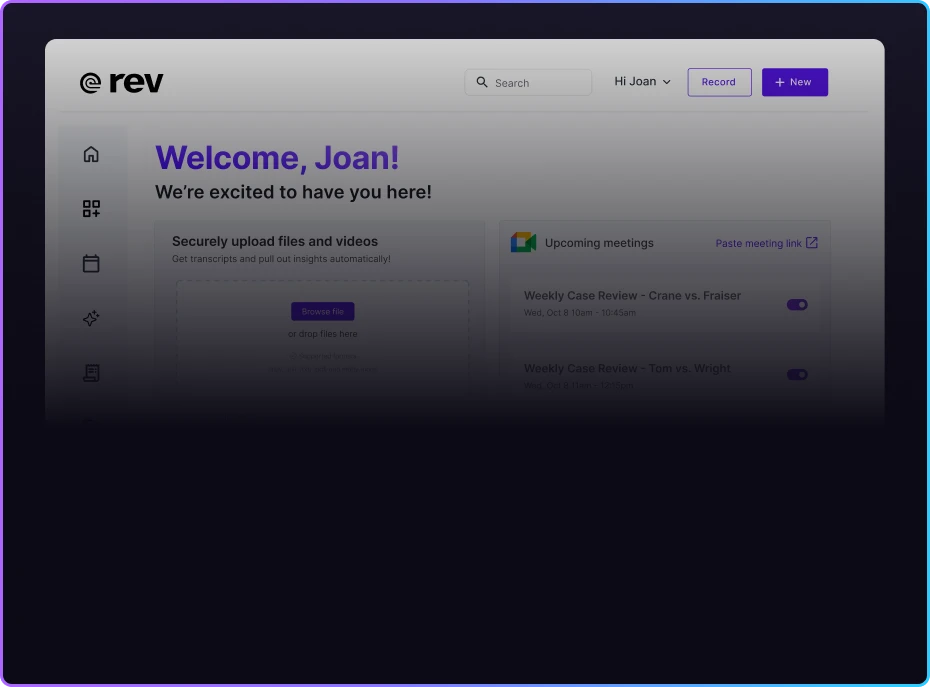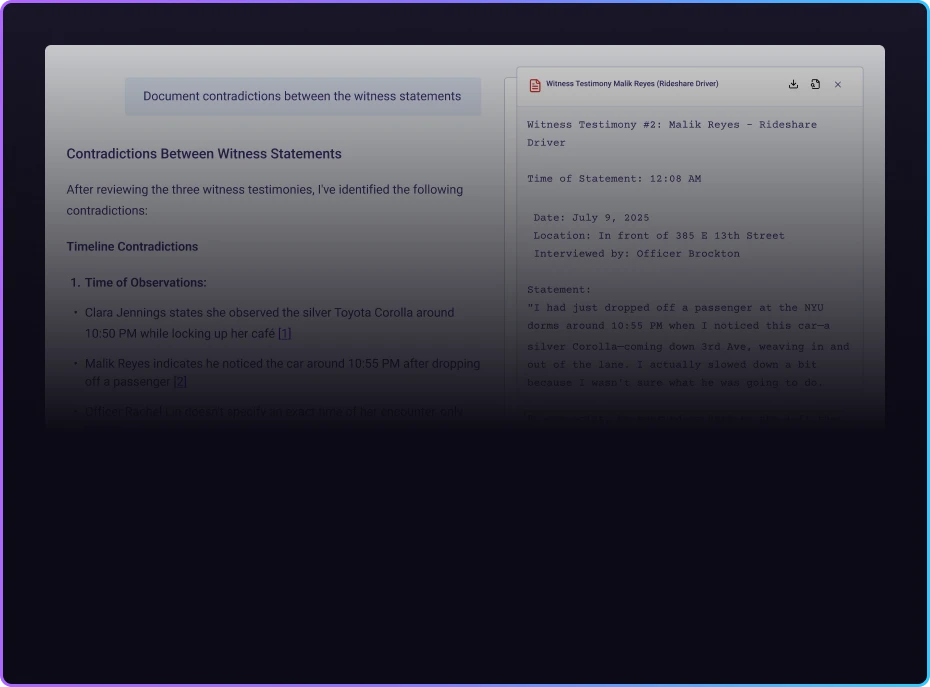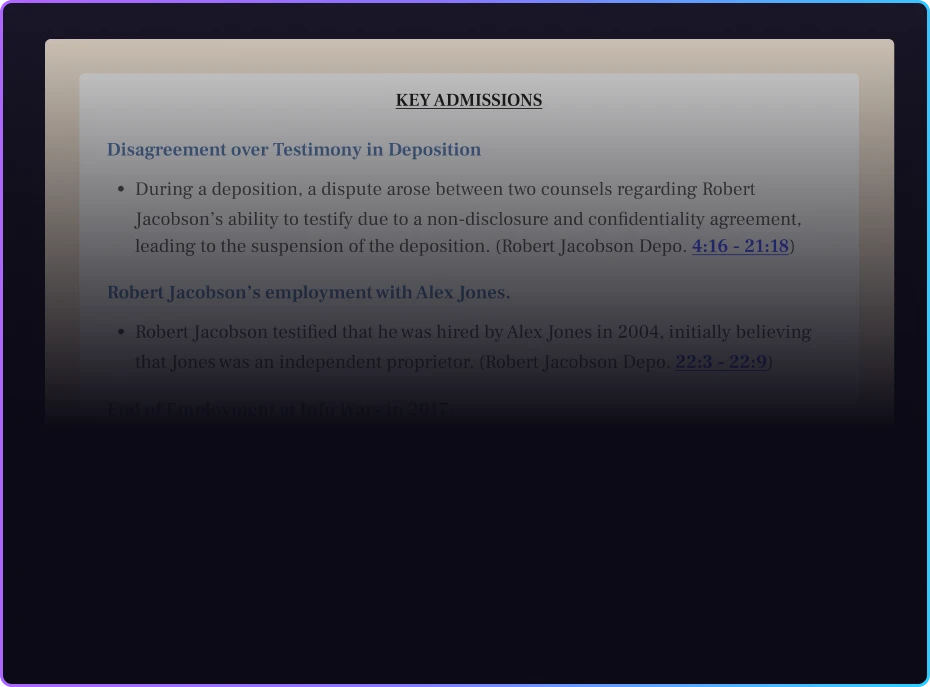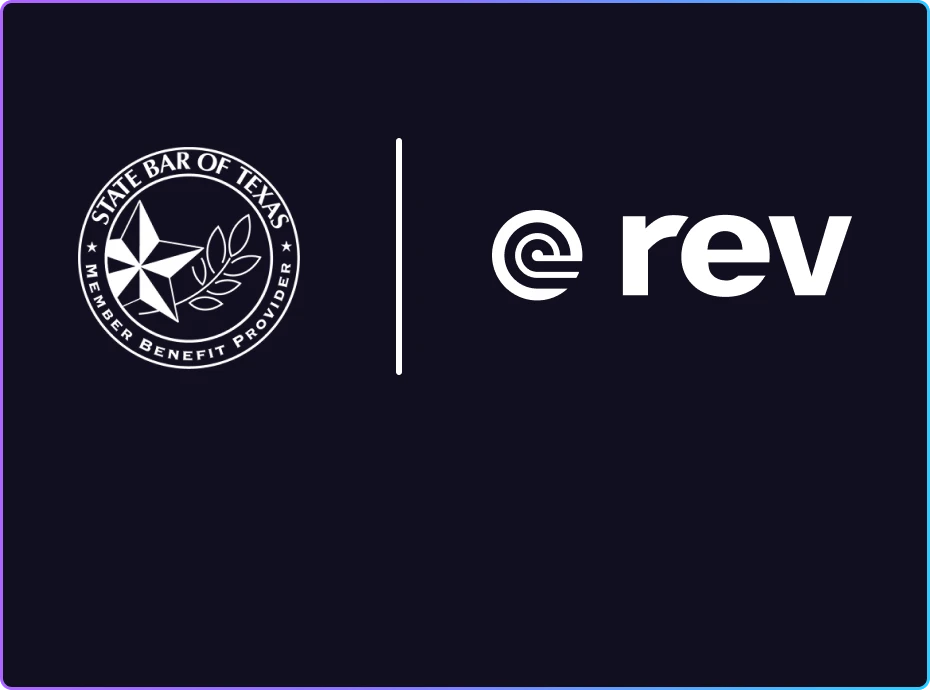Data Security Management 101
Data security management is now a top priority for most organizations. Here’s what you need to know to ensure you have the right data safeguards in place.

Businesses today face a complex array of concerns. From investing in product development to boosting customer satisfaction, there is no shortage of time-consuming tasks to prioritize. Organizations in heavily regulated industries like the legal field face an even larger litany of to-dos.
But topping the list for most companies? It’s not their next marketing plan or a new client acquisition strategy — it’s data security management. According to a recent survey by data security leader Immuta, 80% of cloud-based enterprise leaders listed data security initiatives as their top priority.
Artificial intelligence (AI) has only increased the urgency for many companies to address a growing range of threats. Here are some key things every organization should know about data security management.
What Is Data Security?
Data security is any set of practices designed to safeguard digital information from corruption, loss, or unauthorized access. These practices apply to private consumer and company data throughout its lifecycle — from first entry to storage and transmission to destruction.
Protecting sensitive data is essential for ensuring consumer privacy in the digital age. Guarding against breach or loss requires effective data security management at every level of an organization.
What Are the Three Types of Data Security?
Approaches to data security typically fall into one of three types:
- Physical security: Safeguards must be placed around physical hardware, servers, and data storage devices. These include basic data security systems like badges, biometric scanners, and surveillance cameras. Loss mitigation systems such as fire suppression and climate control also fit this category.
- Technical security: These are the software methods and systems used to prevent unauthorized access to data. Multi-factor authentication (MFA), data encryption, anti-virus software, and firewalls all help safeguard data during storage and transmission.
- Administrative security: Organizations must establish comprehensive training procedures and data management protocols to prevent employees from mishandling information. These include incident response plans and adherence to legal security requirements such as the Health Insurance Portability and Accountability Act (HIPAA) or the General Data Protection Regulation (GDPR).
All three guardrails are essential for creating a complete data security management system.
The Importance of Keeping Your Data Secure
Executives and other company leaders are right to prioritize data security management. Cyber threats aren’t going away — they’re only becoming more prominent. Data breaches were up 20% in 2023 compared to 2022, and the number of victims doubled in that timeframe. These trends are driven by expanded reliance on the cloud, new and more advanced cyber-attacks, and weak security measures in vendor systems.A single incident can have devastating consequences. According to IBM’s “Cost of a Data Breach” report, the average data breach costs companies across the globe $4.88 million. The expenses pile on quickly: customer communication, regulatory fines, ransom payments, and more. Though some effects, such as the damage to brand reputation, are harder to quantify (and undo).Although creating data-secure systems requires time and resources, the cost of neglect is far greater. Managing data security is a critical component of any overarching risk-mitigation strategy.
Risks + Concerns When Securing Data
Organizations today face an ever-growing list of data security threats from every direction. Any comprehensive data security management system must address the following risks:
- Unauthorized access: Data safeguards always start with access. Address easily compromised credentials, implement role-based access controls, and use MFA to ensure only authorized users can access data.
- Data breach potential: Cyberattacks such as malware, ransomware, or phishing, are always evolving. Ensure encryption software is up to date, networks are secure, and antivirus/antimalware software is in place. Regular audits are essential to test for vulnerabilities.
- Insider threats: Employees may (intentionally or unintentionally) compromise data by sharing access, succumbing to phishing schemes, or using unsecured public networks for remote work. Regular training and assessments should be conducted to ensure staff know and follow protocols.
- Outside vulnerabilities: Many organizations fail to recognize weak spots with vendors or other third parties. They may have access to company data but fall short of your internal security standards. Integrate third-party risk assessments, data protection contracts, and security audits into all outside relationships.
- Compliance concerns: Data protection regulations are already well established and continue to expand. Failure to comply can lead to fines and legal actions against your company. Stay informed and conduct regular compliance audits to ensure your data security management practices meet current standards for your industry and location.
What Are the Five Pillars of Data Security?
The five pillars of data security are confidentiality, integrity, availability, authenticity, and responsibility. Together, they form a useful framework for building any data security management plan.
- Confidentiality: Data should only be accessible to those with authorized access. Encryption, authentication, and access control are all vital to ensure confidentiality.
- Integrity: Corrupt or inaccurate data can cause business disruptions. Implementing version control, data validation procedures, and digital signatures helps prevent data errors or invalid changes during storage, processing, and transmission.
- Availability: The inability to access data can be even more disruptive. An effective data security management system always includes backups, regular system maintenance, and disaster recovery plans.
- Authenticity: Data-secure systems include several layers of authentication to confirm the identity of senders and receivers. Verification methods include biometrics, passwords, MFA, and more.
- Responsibility: This pillar insists on accountability for everyone involved in creating, sharing, and editing data. Audit logs and activity tracking ensure responsible parties cannot deny involvement in data-related activities.
Data Protection Tools to Consider
Organizations must rely on an arsenal of applications and tools to protect sensitive information. Here are some key tools to consider:
- Secure collaboration: Many organizations rely on collaborative tools for creating and storing data. Data security must be a key consideration for each one. For instance, Rev can create transcripts that are accurate and secure enough to meet even the high standards of the legal field.
- Data protection: The more you handle data, the more tools you need for encryption, data loss prevention, and recovery. Applications like Microsoft’s BitLocker, Symantec Data Loss Prevention, and Veeam provide necessary safeguards.
- Access control: Effective access management requires more than secure passwords. Tools to limit and manage user access include Okta, Google Authenticator, and CyberArk.
- Comprehensive security: Complex organizations require security measures for the cloud and all user endpoints. Firewalls like Cisco Adaptive Security Appliance, secure virtual private networks like NordLayer, and antivirus/antimalware software like Symantec Endpoint Protection are a few examples.
- System monitoring: Ongoing monitoring is essential for detecting new vulnerabilities as they arise. Security information and event management (SIEM) systems like Splunk keep tabs on live events, while user behavior analytics (UBA) software like Exabeam detects insider threats.
- Compliance management: Software can also help organizations keep tabs on changing regulations. Look for data governance tools like Collibra and audit management applications like ServiceNow.
Data Security vs. Cyber Security
Cyber security is a wider set of practices designed to protect computer systems, networks, and digital infrastructure from cyberattacks, hacking, malware, and other threats. These practices protect data but apply to the entire IT infrastructure. The goal is to prevent system access that may not only compromise data but also threaten other outages or disruptions.
Data security uses many of the same techniques and software. Yet it’s solely concerned with preventing unauthorized access or destruction of sensitive information within the system. Ultimately, data security is but one aspect of cyber security.
Taking Security a Step Further
Effective data security management will only prove more critical to organizations in the years ahead. AI and cloud computing will continue to expand. Plus, the Internet of Things (IoT) will create an increasingly interconnected landscape. These technologies bring thrilling possibilities for productivity. They also open infinite channels for data transmission and exposure. New challenges will emerge, and more expansive regulations will place greater compliance demands on companies of all sizes. Forward-looking organizations must lean on the latest data-protection methods, from integrating blockchain technology to homomorphic encryption, to keep information safe.
Enhance Data Security With Every Tool You Use
Data security should never be an afterthought in your business. Safeguards must be central to every decision you make, down to each specific application you deploy to make your work more productive. Whether you need legal transcriptions, audio captions, or an AI assistant to capture the most important details of your meetings, Rev can help you do it without compromising data security. With end-to-end encryption, industry-leading compliance standards, and customizable data retention policies, you can be confident that your transcripts, recordings, and notes are safe.
Explore our subscription and commitment to security to learn more.













